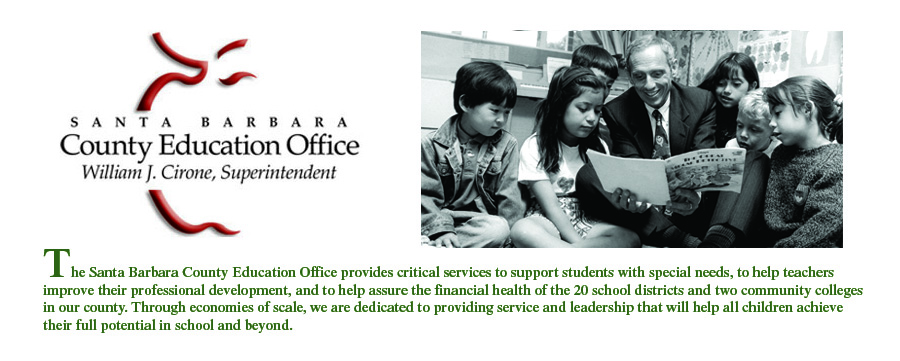With
a new year beginning, I’d like to take this opportunity to say thanks on behalf
of all our public schools for all the support received throughout 2016.
First,
I’d like to thank the community members who support their local classrooms in
so many ways.
Parents
volunteer in classrooms. PTA members play invaluable roles at every school.
Relatives and friends support local fundraisers, and neighbors pitch in at
every turn.
I’d
also like to thank our local business community, whose support of our schools
continues to be strong and invaluable.
Businesses
and local foundations have contributed generously to the Computers for Families
program to ensure that we can address the digital divide for years into the
future.
Members
of local businesses also help serve as mentors, making themselves available for
“job shadow” programs of all sorts. And the Partners in Education alliance,
recipient of the California School Boards Association’s prestigious Golden Bell
Award, is recognized as being one of the strongest school-business partnership
programs in the nation.
Those
of us who work in public education feel that what we do is so very important to
the future of our community.
But
we couldn't maintain the quality of all our programs without the full support
of the community we serve.
So
please accept my sincere gratitude for helping in ways both large and small to
make this community a better place for young people and families. That support
is evident at every turn, and it is deeply appreciated.
